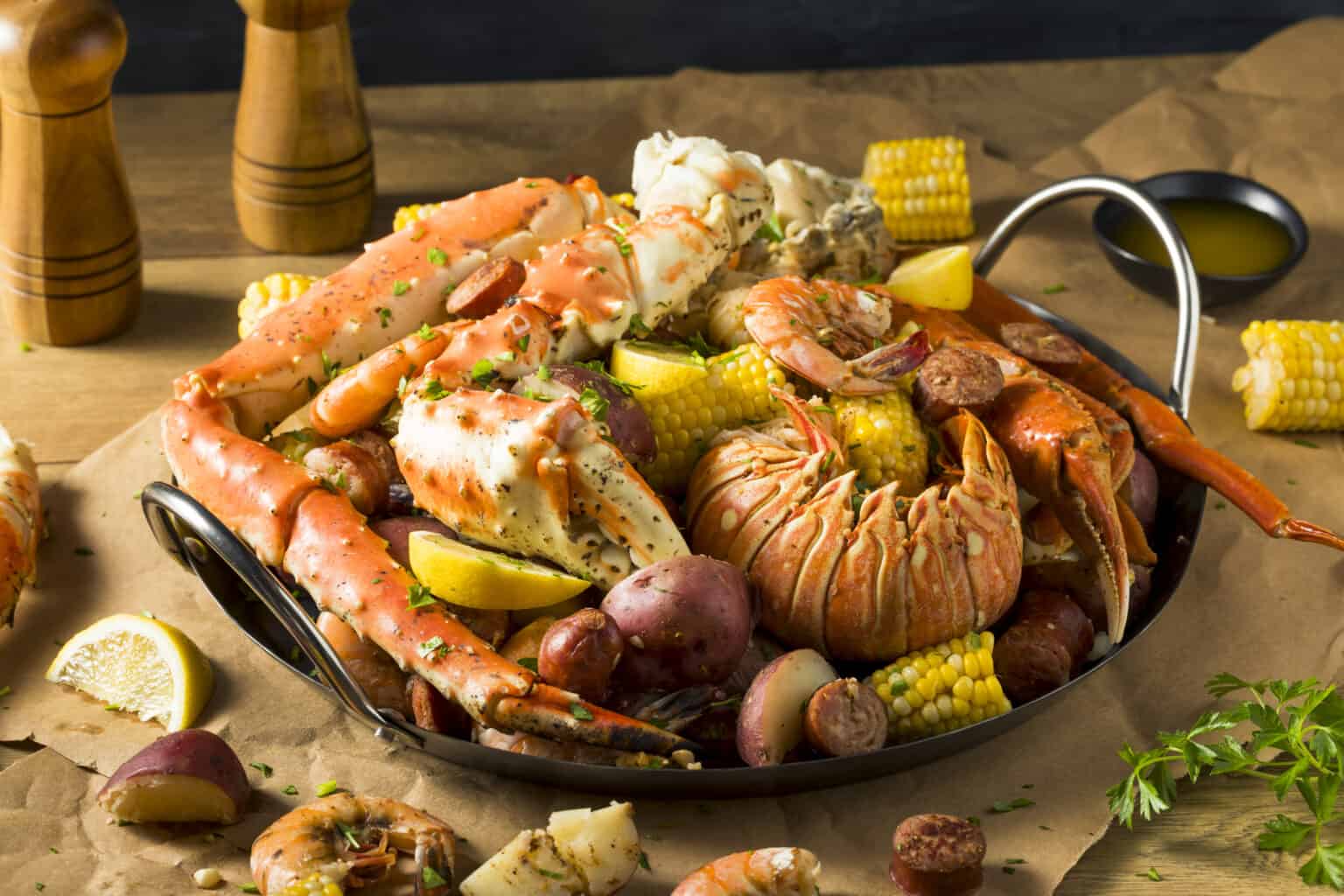

Articles
How To Store Leftover Seafood Boil
Modified: February 23, 2024
Learn how to properly store leftover seafood boil to ensure freshness and prevent spoilage. Read our informative articles and tips on proper storage methods!
(Many of the links in this article redirect to a specific reviewed product. Your purchase of these products through affiliate links helps to generate commission for Storables.com, at no extra cost. Learn more)
Introduction
Welcome to the wonderful world of seafood boils! There’s nothing quite like gathering with friends and family around a big pot filled with succulent shrimp, sweet crab legs, plump crawfish, and a medley of flavorful spices. It’s a feast for the senses, creating unforgettable memories and satisfying cravings.
But what happens when the feast is over, and you’re left with a mountain of leftovers? Proper storage of your leftover seafood boil is key to preserving its freshness and flavor. By taking a few simple steps, you can ensure that you can enjoy the deliciousness of your seafood boil for another meal or even days later.
In this article, we will guide you through the process of storing leftover seafood boil, including options for refrigeration and freezing. We will also provide guidelines for reheating the leftovers to maintain their taste and texture. So, let’s dive in and learn how to make the most of your seafood boil leftovers!
Key Takeaways:
- Properly storing leftover seafood boil is crucial for maintaining freshness, preventing foodborne illnesses, and extending its shelf life. Separate, label, and refrigerate or freeze the seafood and broth to enjoy the flavors for days to come.
- When reheating leftover seafood boil, opt for gentle methods to maintain the tenderness of the seafood. Use stovetop, oven, or microwave reheating, and add fresh flavors to enhance the taste. Follow storage timeframes and inspect for spoilage before consuming.
Read more: How To Store Leftover Brisket
Why Proper Storage of Leftover Seafood Boil is Important
Proper storage of leftover seafood boil is crucial for several reasons. First and foremost, it helps to maintain the freshness and quality of the food. Seafood is highly perishable, and if not stored correctly, it can spoil quickly, leading to foodborne illnesses.
By ensuring proper storage, you can also extend the shelf life of your leftovers. This means you can enjoy the delicious flavors of your seafood boil for a longer period of time, reducing waste and saving money.
Additionally, proper storage helps to preserve the texture and flavor of the seafood. Seafood boils are often seasoned with a variety of spices and herbs, and when stored correctly, these flavors continue to develop and enhance the taste of the leftovers.
Another important reason for proper storage is to prevent cross-contamination. Seafood can harbor bacteria such as Vibrio and Salmonella, and if not stored separately, it can contaminate other foods in your refrigerator or freezer. This can lead to food poisoning and can be easily avoided by following proper storage guidelines.
Lastly, storing your leftover seafood boil correctly allows for convenient meal planning. By having ready-to-eat leftovers on hand, you can easily incorporate them into future dishes such as seafood pasta, salads, or even tacos. It saves you time in the kitchen and adds versatility to your culinary creations.
Now that we understand why proper storage is important, let’s explore the different steps you can take to store your leftover seafood boil effectively.
Steps for Storing Leftover Seafood Boil
When it comes to storing leftover seafood boil, following a few simple steps can make all the difference in preserving its freshness and flavor. Here’s a step-by-step guide:
- Remove the seafood from the boil: Start by separating the seafood from the remaining broth and other ingredients. Use tongs to gently remove the shrimp, crab legs, crawfish, or any other seafood you have in the boil. Place them in a separate bowl and set aside.
- Strain the broth: Next, strain the broth through a fine-mesh strainer to remove any solids or impurities. This will ensure that the broth is clean and free from any debris that could affect the taste or texture of the seafood.
- Allow the broth to cool: Pour the strained broth into a shallow container or pot and let it cool to room temperature. This step is important to prevent condensation and moisture buildup when storing the leftovers.
- Package the seafood and broth separately: Once the broth and seafood have cooled, divide them into separate airtight containers or resealable bags. This separation will help maintain the quality of both the seafood and the broth during storage.
- Label and date the containers: It’s important to label the containers with the contents and the date of storage. This will help you keep track of how long the leftovers have been in storage and ensure you use them within a safe timeframe.
- Store in the refrigerator or freezer: Depending on when you plan to use the leftovers, you can opt to store them in the refrigerator or freezer. Refrigeration is suitable for short-term storage, while freezing allows for longer storage periods.
By following these steps, you can ensure that your leftover seafood boil remains fresh, flavorful, and safe to consume. Now, let’s explore the options for refrigerating and freezing your leftovers.
Option 1: Refrigerating Leftover Seafood Boil
If you plan on consuming your leftover seafood boil within a few days, refrigeration is the ideal option. Here’s how you can safely refrigerate your leftovers:
- Ensure proper packaging: Transfer the seafood and broth into separate airtight containers or resealable bags. Make sure the containers are tightly sealed to prevent air and moisture from entering, which can lead to spoilage.
- Choose the right storage temperature: Set your refrigerator to a temperature of 40°F (4°C) or below to maintain the freshness of the seafood and prevent bacterial growth.
- Place the containers in the refrigerator: Put the tightly sealed containers of seafood and broth into the refrigerator. It’s a good idea to keep them towards the back of the fridge where the temperature is the most consistent.
- Consume within a safe timeframe: Leftover seafood boil stored in the refrigerator is best consumed within 2-3 days to ensure optimal safety and quality. After that time, the seafood may lose its texture and flavor.
Remember, always use your judgment and check for signs of spoilage, such as an off odor or slimy texture, before consuming any refrigerated seafood leftovers. If in doubt, it’s better to err on the side of caution and discard the leftovers.
Now that you know how to refrigerate your leftover seafood boil, let’s explore the option of freezing it for longer storage.
After the seafood boil has cooled, remove the seafood from the shells and store it in an airtight container in the refrigerator for up to 2 days. Keep the broth separately and store it in the refrigerator for up to 3 days or freeze it for longer storage.
Option 2: Freezing Leftover Seafood Boil
If you have more leftovers than you can consume within a few days, freezing is a great option to extend the shelf life of your seafood boil. Here’s how you can safely freeze your leftovers:
- Package the seafood and broth separately: Divide the seafood and broth into separate airtight containers or freezer bags. This separation will help maintain the quality and prevent any flavors from transferring between the two.
- Remove excess air: When using freezer bags, press out as much air as possible before sealing. This helps to prevent freezer burn and maintain the quality of the seafood.
- Label and date the containers: Clearly label each container with the contents and the date of freezing. This will help you keep track of the leftovers and ensure they are used within a reasonable timeframe.
- Choose the right freezing temperature: Ensure your freezer is set to 0°F (-18°C) or below. This temperature will preserve the freshness and quality of the seafood for longer periods of time.
- Place the containers in the freezer: Arrange the containers flat in the freezer, allowing for maximum air circulation and faster freezing. Once the leftovers are frozen, you can stack them to save space.
- Consume within a safe timeframe: For best quality, it is recommended to consume frozen seafood boil leftovers within 2-3 months. While they may remain safe to eat beyond this timeframe, the texture and flavor may deteriorate over time.
When you’re ready to enjoy your frozen seafood boil leftovers, thaw them in the refrigerator overnight. Avoid thawing at room temperature, as this can encourage bacterial growth.
Remember that once you have thawed and reheated the leftovers, do not refreeze them. Consume them within a day or two to ensure safety and quality.
Now that you know how to properly freeze your leftover seafood boil, let’s move on to the guidelines for reheating.
Read more: How To Store Leftover Steak
Guidelines for Reheating Leftover Seafood Boil
When it’s time to enjoy your leftover seafood boil, reheating it properly is essential to ensure that it’s safe to eat and retains its delicious flavors. Here are some guidelines to follow when reheating your seafood boil:
- Thawing: If your leftovers were stored in the refrigerator or freezer, thaw them in the refrigerator overnight before reheating. This slow, gradual thawing method helps maintain the quality of the seafood.
- Reheat gently: When reheating your seafood boil, opt for gentle methods rather than high heat. This will help prevent overcooking and maintain the tenderness of the seafood.
- Stovetop method: To reheat seafood boil on the stovetop, place the seafood and broth in a saucepan or skillet. Heat over low to medium heat, stirring occasionally, until heated through.
- Oven method: If you prefer to use the oven, preheat it to 350°F (175°C). Transfer the seafood and broth to an oven-safe dish, cover with foil, and bake for about 15-20 minutes, or until heated to your desired temperature.
- Microwave method: Microwave reheating is a quick and convenient option. Place the seafood and broth in a microwave-safe dish and heat in short intervals, stirring in between, until thoroughly heated. Be careful not to overheat, as seafood can become rubbery when microwaved for too long.
- Check for doneness: Whichever method you choose, it’s important to check the internal temperature of the seafood to ensure it reaches a safe minimum of 145°F (63°C).
- Add fresh flavors: To enhance the flavors of your reheated seafood boil, you can add a squeeze of fresh lemon juice, sprinkle some chopped herbs like parsley or cilantro, or drizzle with a bit of melted butter.
Remember that the reheating guidelines may vary depending on the specific seafood and ingredients in your boil. Adjust the cooking times and temperatures accordingly to ensure the best results.
Now that you know how to reheat your leftover seafood boil, let’s explore some tips for maintaining its freshness and flavor.
Tips for Maintaining Freshness and Flavor
To keep your leftover seafood boil tasting its best, here are some tips to help maintain its freshness and flavor:
- Store leftovers in small batches: If you anticipate having leftovers, consider dividing your seafood boil into smaller portions before cooking. This way, you can thaw and reheat only what you need, without repeatedly thawing and refreezing the entire batch.
- Use proper storage containers: Ensure that the containers or freezer bags you use for storage are airtight and leak-proof. This prevents air and moisture from seeping in, which can affect the taste and texture of the seafood.
- Label and date your leftovers: Properly label each container with the contents and the date of storage. This helps you keep track of how long the leftovers have been stored and ensures you use them within a safe timeframe.
- Rotate your stock: When replenishing your freezer or refrigerator, make it a habit to rotate older seafood boil leftovers to the front for faster consumption. This ensures that nothing gets forgotten and left to waste.
- Avoid overcooking during reheating: Overheating your seafood boil can result in tough and rubbery seafood. Be cautious and heat it gently to maintain the tenderness and juiciness of the seafood.
- Flavor enhancements: To add a boost of flavor to your reheated seafood boil, consider adding additional seasoning or spices. A sprinkle of Old Bay seasoning, a dash of hot sauce, or a squeeze of fresh lemon juice can enhance the flavors and make your leftovers taste as good as new.
- Be mindful of storage timeframes: While seafood boil can be stored in the refrigerator for a couple of days or in the freezer for a few months, it’s best to consume it within the recommended timeframes to ensure optimum freshness and safety.
- Inspect for spoilage: Before reheating and consuming leftover seafood boil, carefully inspect it for any signs of spoilage, such as an off smell, slimy texture, or unusual discoloration. If in doubt, it’s better to err on the side of caution and discard the leftovers.
By following these tips, you can prolong the freshness and enjoy the vibrant flavors of your leftover seafood boil.
Now that you’re armed with the knowledge of storing, reheating, and maintaining the quality of your seafood boil leftovers, you can confidently savor their deliciousness for another meal or even longer. So, go ahead and enjoy the delightful flavors of your seafood boil whenever the craving strikes!
Happy cooking and bon appétit!
Conclusion
Leftover seafood boil can be just as delicious and enjoyable as the initial feast itself, provided that proper storage and reheating techniques are employed. By following the steps outlined in this article, you can ensure that your leftover seafood boil remains fresh, flavorful, and safe to consume.
Whether you choose to refrigerate your leftovers for short-term storage or freeze them for longer-lasting enjoyment, remember to package the seafood and broth separately in airtight containers or freezer bags. This separation will help maintain the quality and prevent any flavors from transferring between the two.
When it’s time to reheat your leftover seafood boil, be sure to do so gently to avoid overcooking and maintain the tenderness of the seafood. Take advantage of stovetop, oven, or microwave methods, and always check the internal temperature to ensure it reaches a safe minimum.
Additionally, incorporating our tips for maintaining freshness and flavor, such as using proper storage containers, labeling and dating your leftovers, and being mindful of storage timeframes, will help you make the most of your seafood boil leftovers.
Remember to trust your senses and inspect the leftovers for any signs of spoilage before consuming. It’s always better to err on the side of caution and discard any leftovers that appear off.
So, next time you find yourself with a mountain of leftover seafood boil, don’t fret. With the knowledge and guidance from this article, you can confidently store, reheat, and enjoy the delectable flavors of your seafood boil leftovers for another satisfying meal.
Happy cooking and bon appétit!
Frequently Asked Questions about How To Store Leftover Seafood Boil
Was this page helpful?
At Storables.com, we guarantee accurate and reliable information. Our content, validated by Expert Board Contributors, is crafted following stringent Editorial Policies. We're committed to providing you with well-researched, expert-backed insights for all your informational needs.
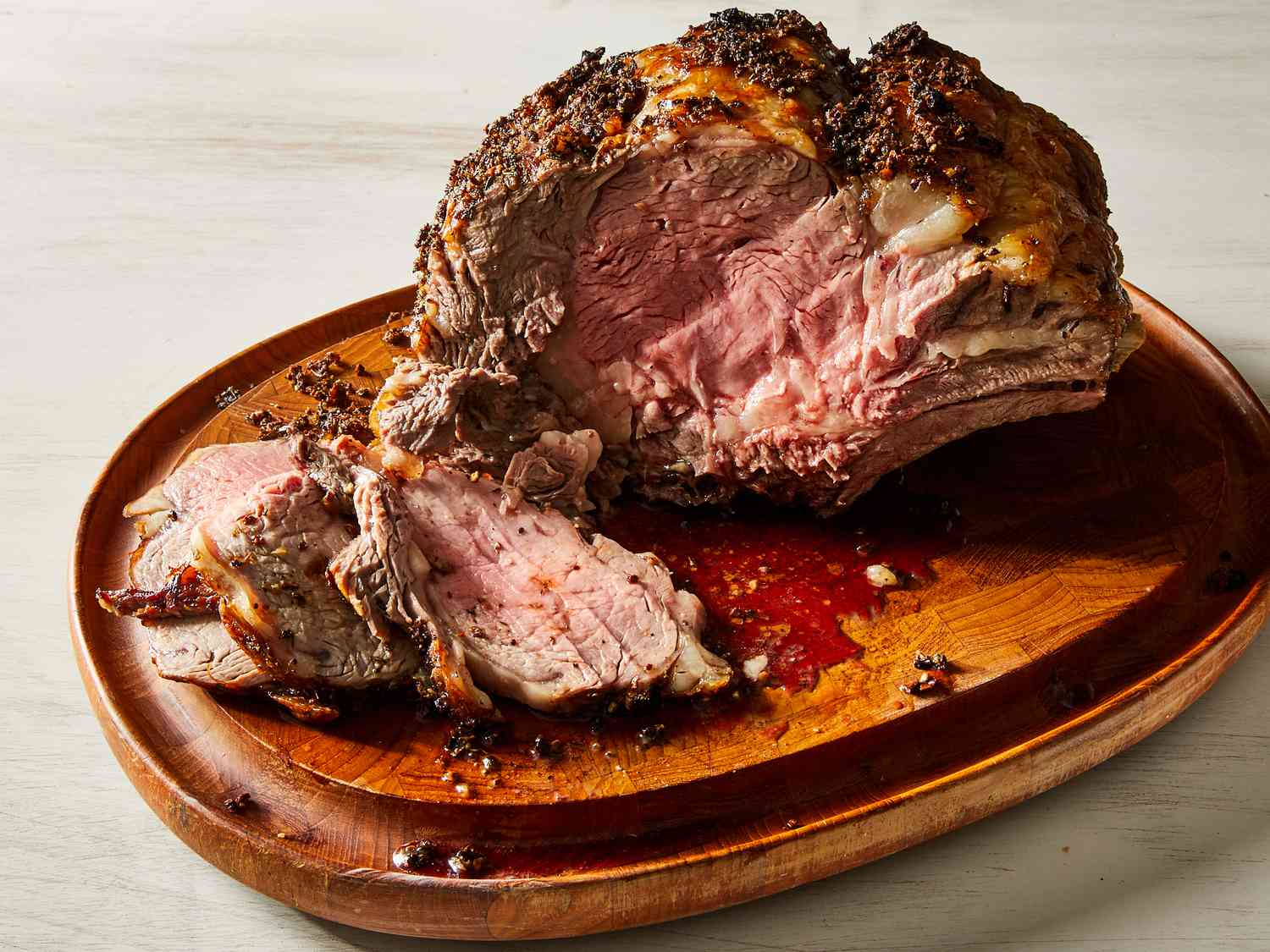
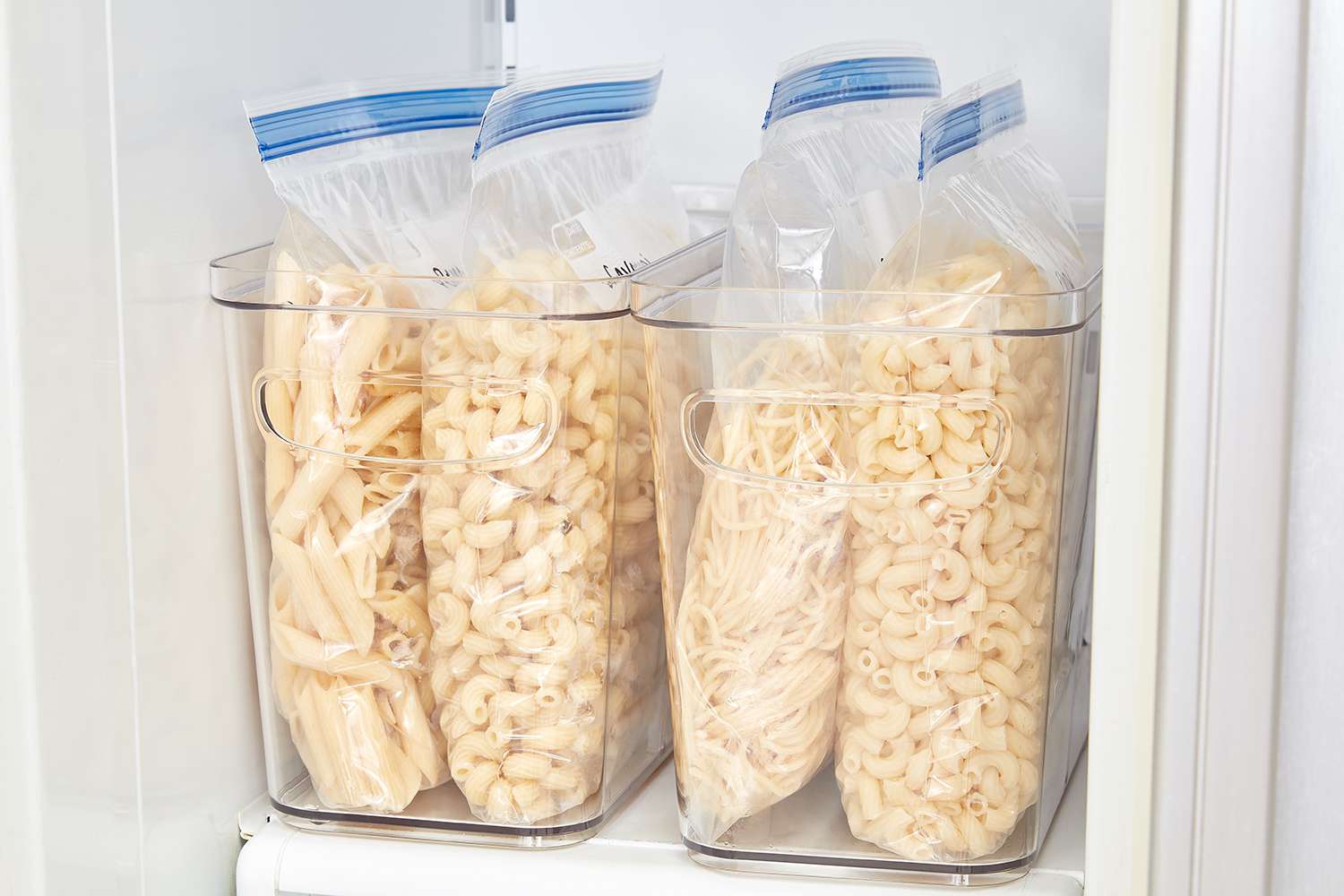
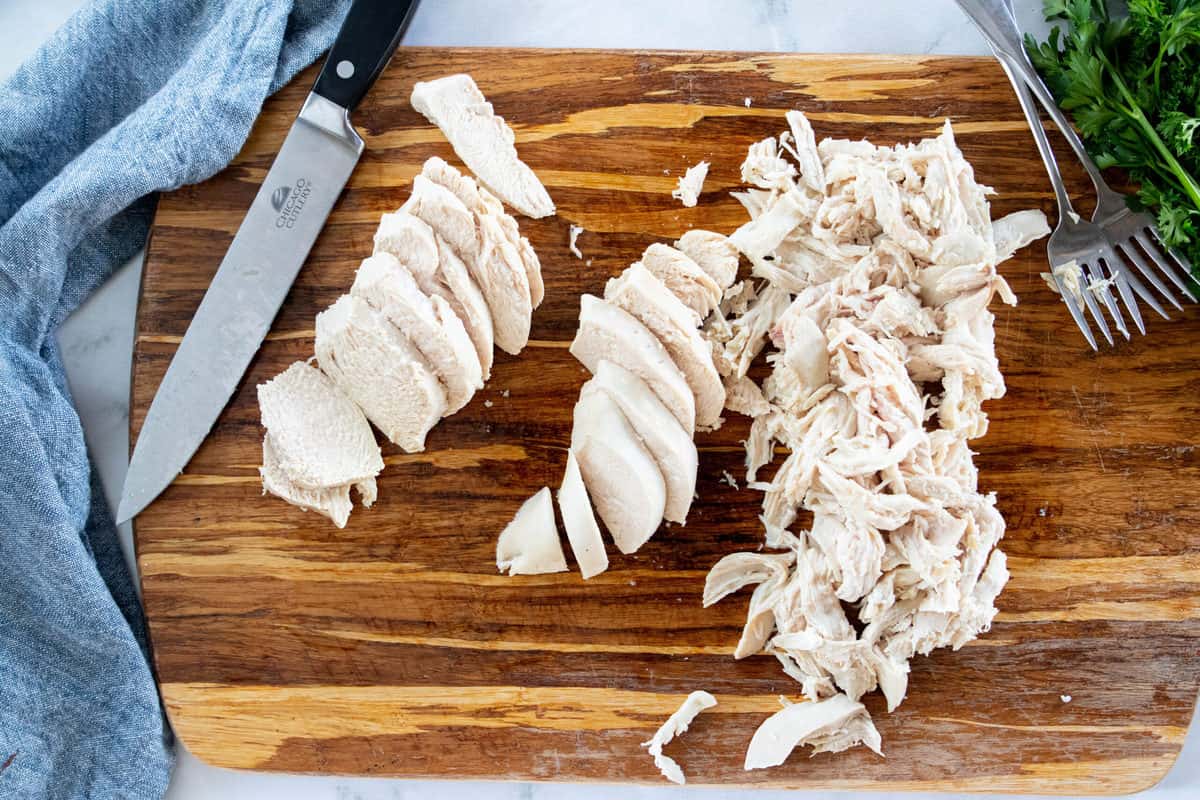
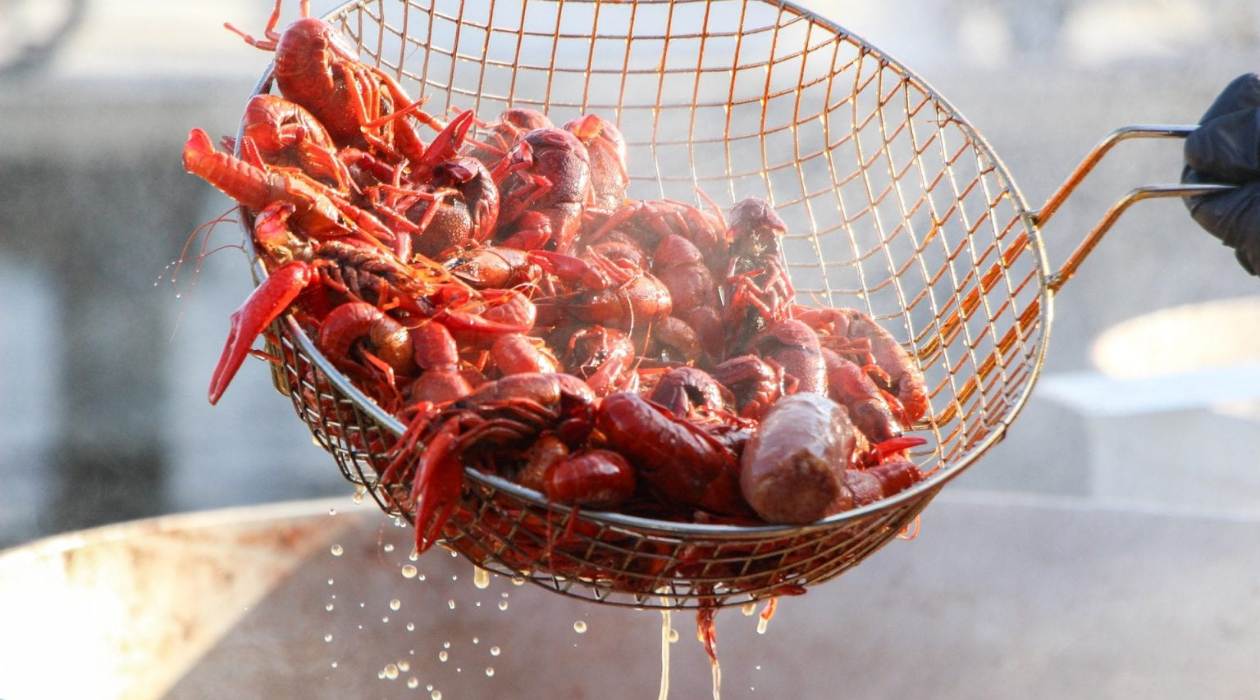
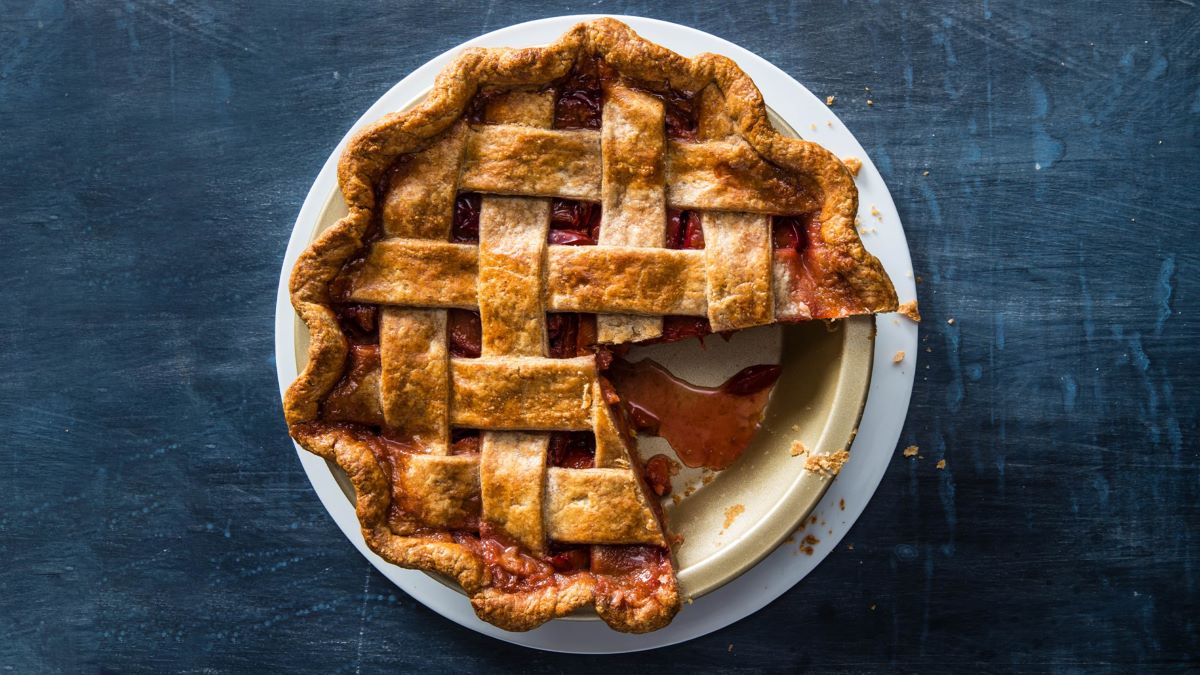


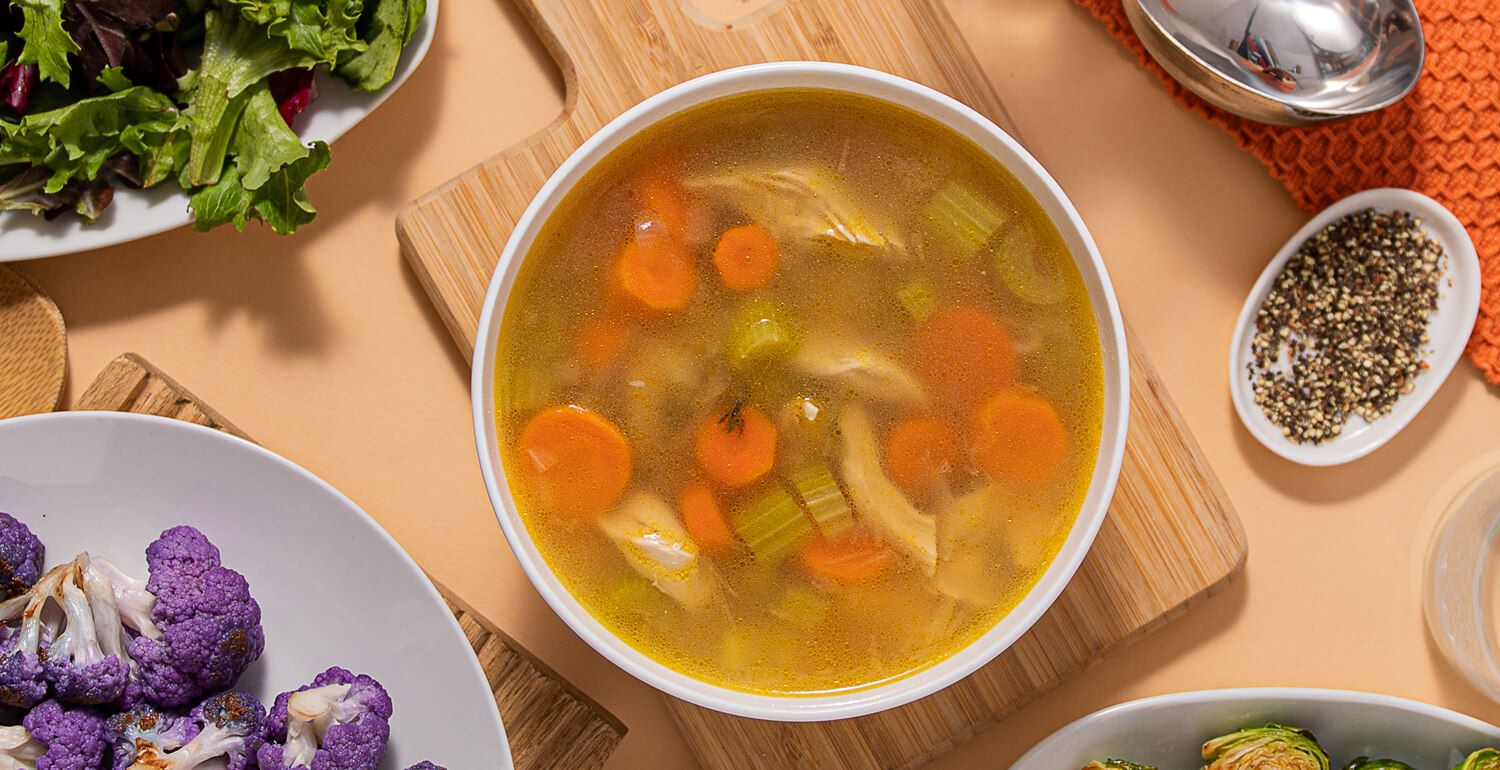


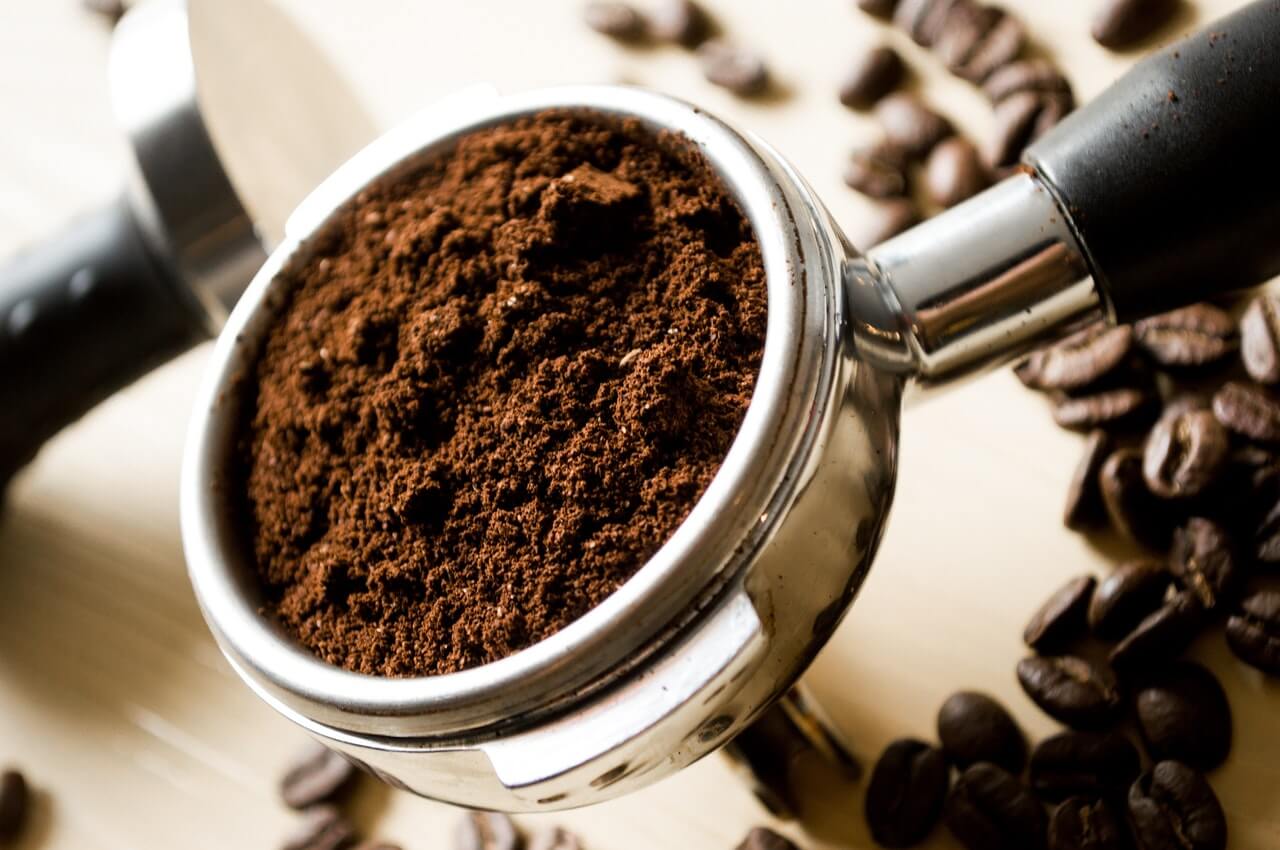
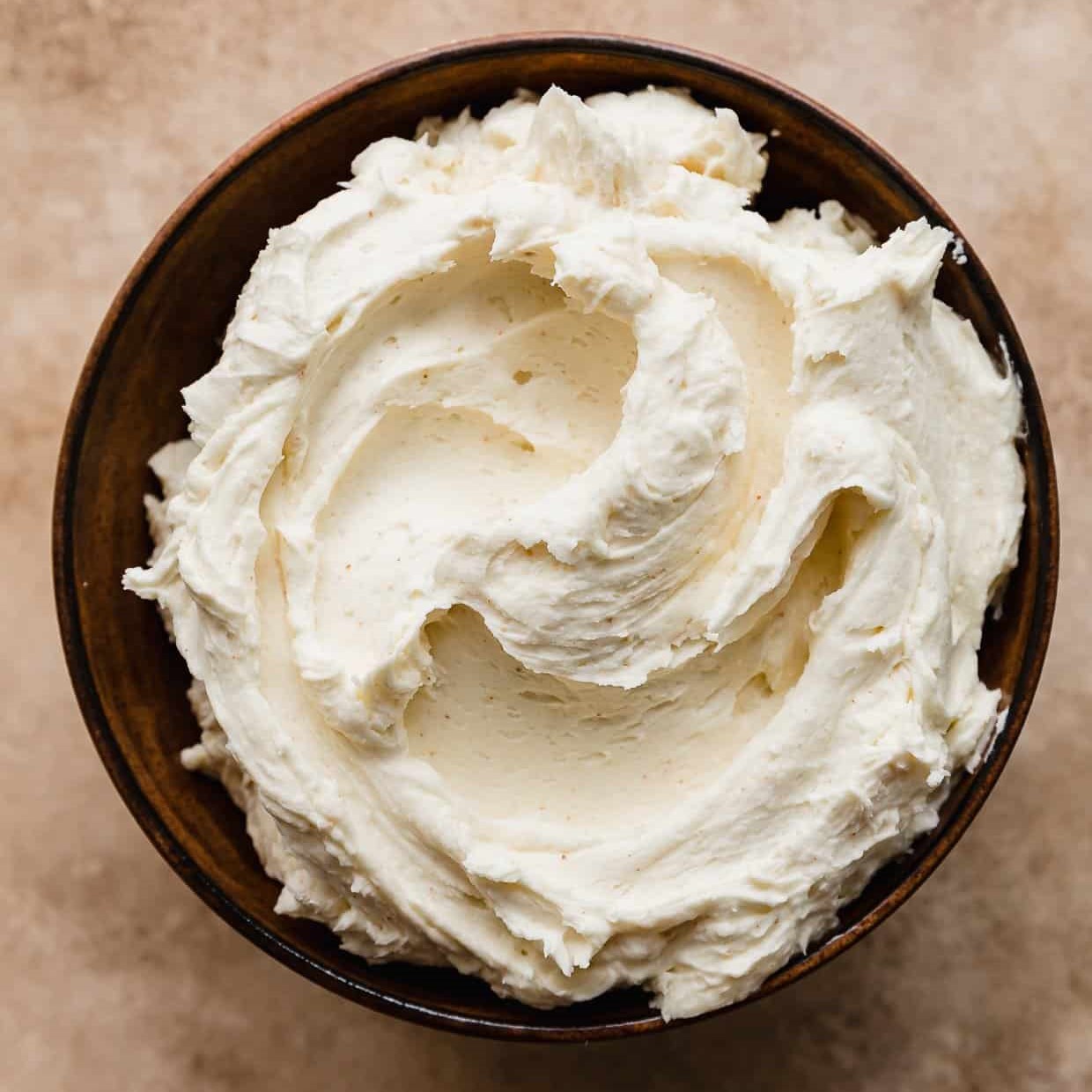

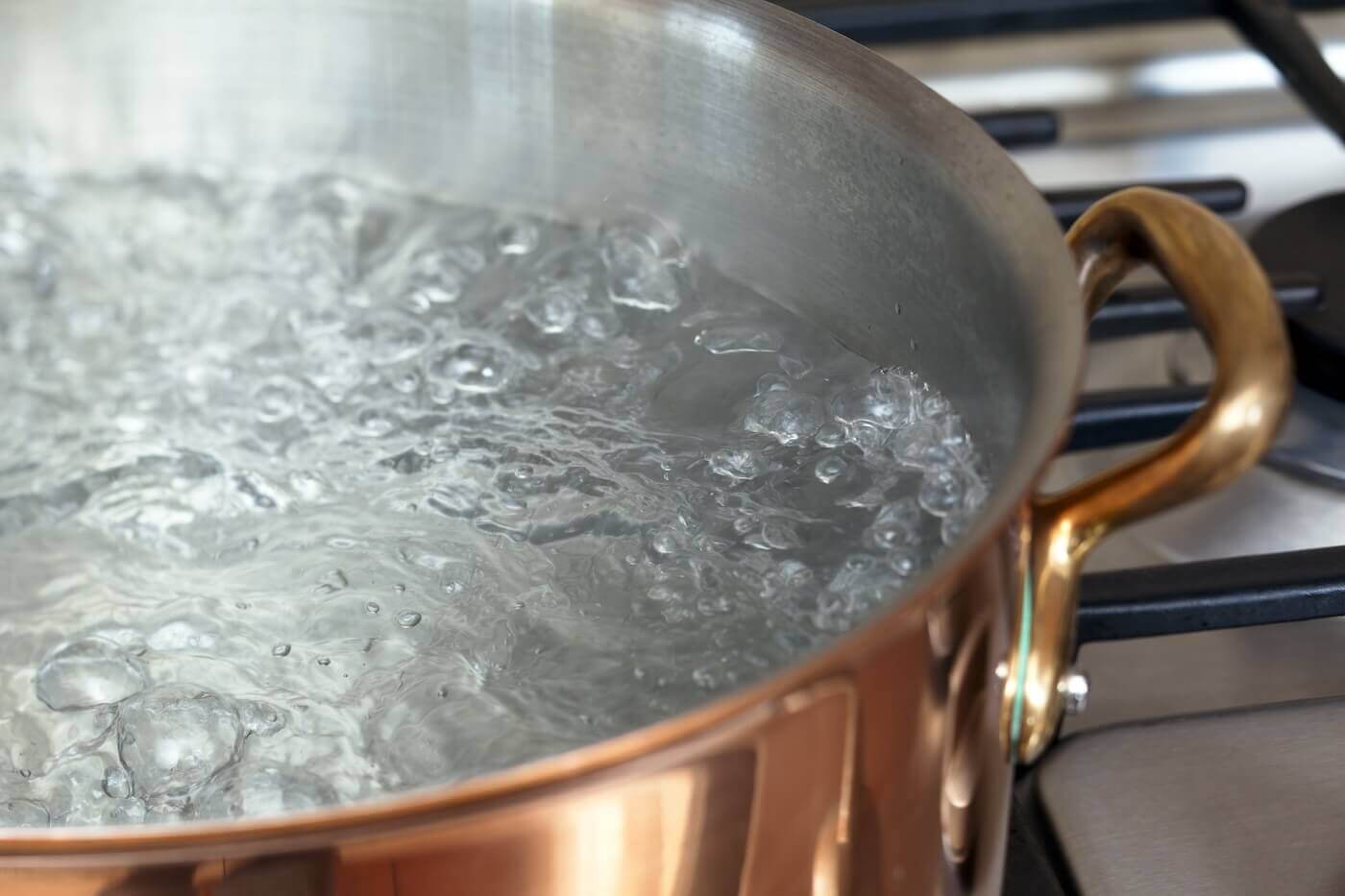

0 thoughts on “How To Store Leftover Seafood Boil”